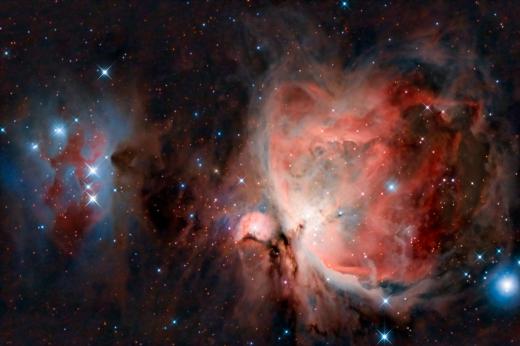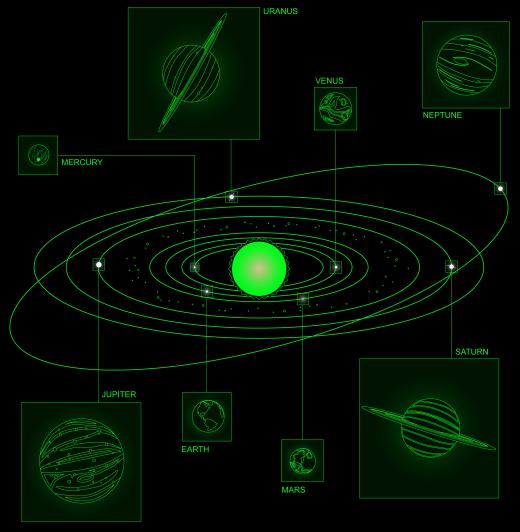What is Voyager 2?
 Michael Anissimov
Michael Anissimov
Voyager 2 is an unmanned planetary spacecraft, one of the only to visit the outer planets and the only to complete the Planetary Grand Tour — fly-bys of Jupiter, Saturn, Uranus, and Neptune — possible only once every 176 years. For its visits to all the outer planets, Voyager 2 is often cited as the most productive space probe ever. When images of the outer planets are shown in books, magazines, and on the Internet, images from Voyager 2 are widely used, especially for Uranus and Neptune.
Currently, Voyager 2 is twice as far from the Sun as Pluto, at about 83.5 AU (Earth-Sun lengths) distant. It continues to travel away from the Sun at 3 AU per year, and has enough velocity to escape the gravity well of the solar system. Unlike its partner, Voyager 1, launched one month later but significantly more distant, Voyager 2 has not passed outside of the area where the solar wind is the primary force in dust particle dynamics, known as the heliosphere. Unfortunately, by the time it does, in the 2020s, it will start running out of power from its onboard radioisotope thermal generators.

Launched on 20 August 1977, from Cape Canaveral, Florida, it took Voyager 2 less than a couple years to reach Jupiter. It made its closest pass on 9 July 1979, making the first ever observations of volcanic activity on another celestial body, Io. Nine erupting volcanoes were observed, ejecting material as fast as 1 km/sec in plumes 300 kilometers (190 miles) above the surface. It ejects material so far and fast that some of it reaches escape velocity, dispersing free-floating magma throughout the Jovian system.

Using gravity assist from Jupiter, Voyager 2 went to Saturn, discovering several new moons, then on to Uranus and Neptune, where it discovered additional moons and took accurate measurements of the temperature and speed of the cloud-tops on these planets. To this day, planetary scientists are benefiting from the scientific measurements taken by the Voyager 2 spacecraft.
AS FEATURED ON:
AS FEATURED ON:













Discuss this Article
Post your comments